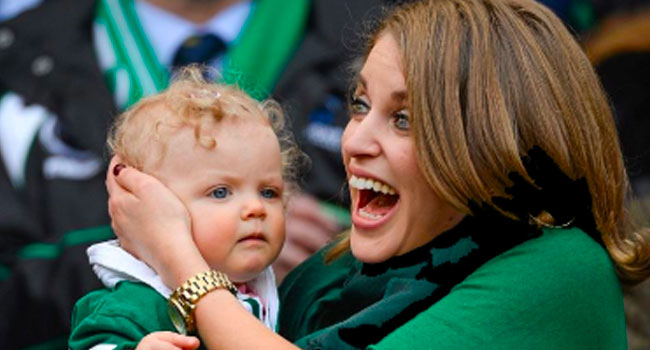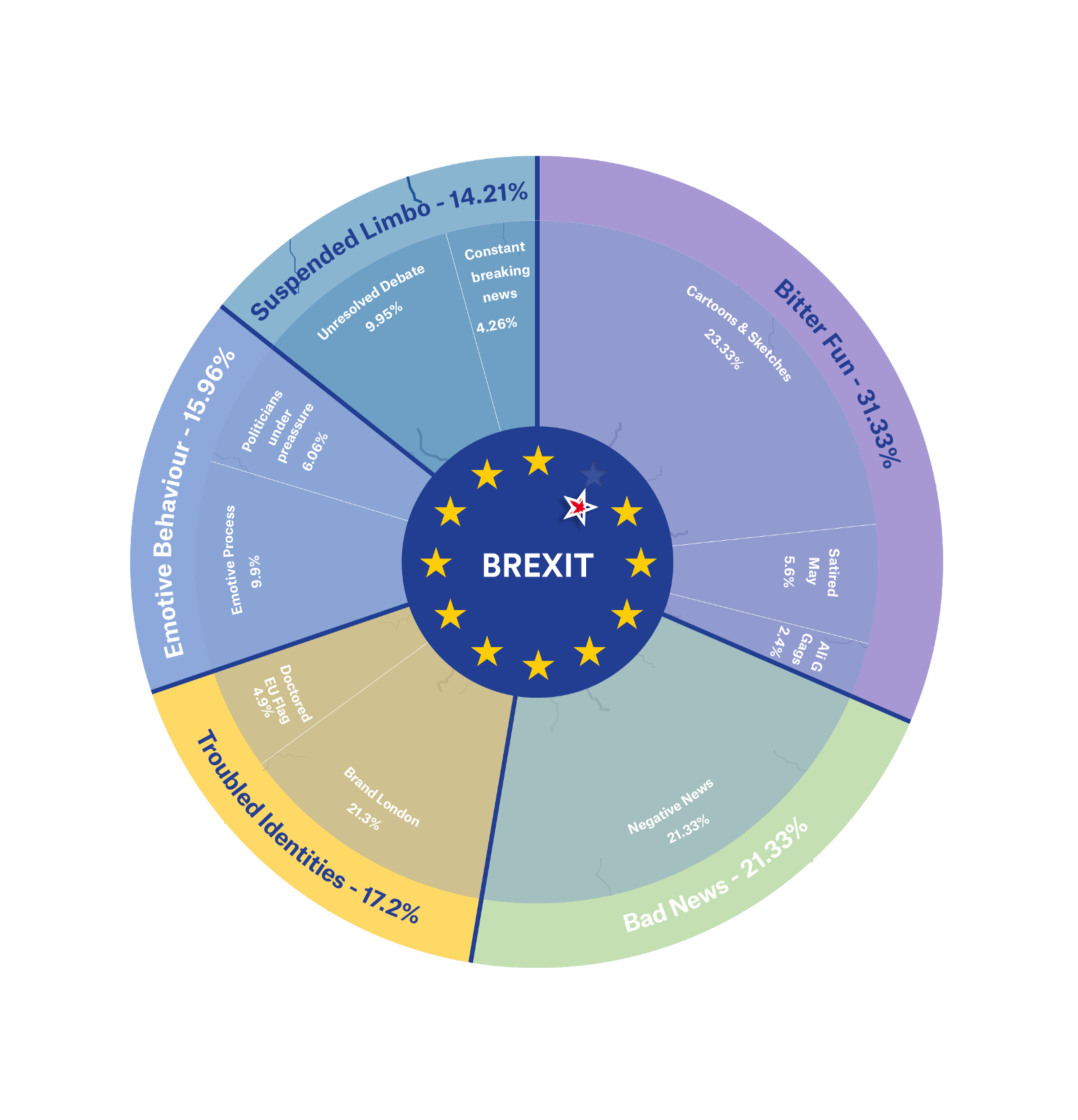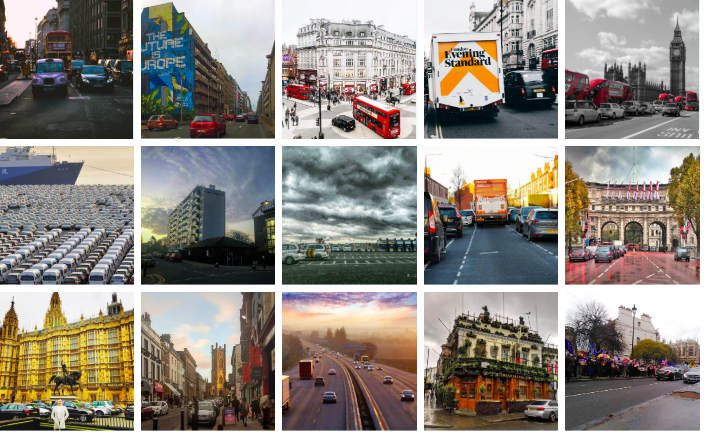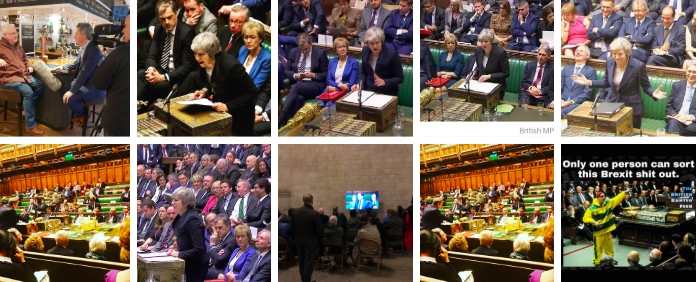Here at Jaggu our technology has gathered and analysed over 22,000 user generated images associated with The Six Nations. This unprecedented access to the spontaneous way people are interacting with the tournament online tell us how the world is visually making sense of Rugby.
The ‘Six Nations’ pictures people upload are digital footprints that can be read as maps. Each image contains clues about the emotions and behaviours of the poster. Everything from the timing, colours, locations and visual associations in a post tell us something about how people are interpreting the . These images are talking about Rugby and our AI understands their language.
The AI Engine automatically divided these 22,000 ‘Six Nations’ images into 9 visual groups that we like to call ‘clusters’. In order to further make sense of these patterns, we then grouped these clusters into 5 concise ‘categories of meaning’. These ‘thematic subheadings’ reveal global visual language patterns when it comes to #SixNations
First Impressions
The overall visual feeling is that Rugby’s fanbase is diversifying. The Six Nations is beginning to look far beyond normal sporting demographics, emerging as inclusive, accessible and appealing to international fans, women and families.
These visual interpretations show that the Six Nations fanbase is becoming a core entertainment for those previously ignored by the sport. Moving out of a non-inclusive ‘masculine domain’. As traditional gender roles are being questioned a change is underway. Women make up 50% of the global population and the Six Nations fanbase is beginning to mirror that.
The second key insight here is that Six Nations fans are no longer passive spectators. They’re active, vocal, creative and expressive — sharing content, protesting and having a greater influence on the sporting event itself.
The Six Nations is visually unfolding as a unifying force- one that is most welcome in today’s divided political climate.
1. ‘A Game for all’ 30.3%
The largest these categories of meaning we have named a ‘A Game for all’. This group comprises of clusters of images that communicate that the Six Nations fanbase is now more inclusive and diverse than ever before. Female fans have become equal to male fans and children and babies often feature in these pictures too. These clusters feature families, mothers, fathers and grandparents all enjoying the games communally in pubs, taking selfies and sharing drinks together.

The ‘Women and Children and Family’ Cluster
This visual meaning category tells us something about people’s motives for watching Six Nations. Most people associate the tournament with being connected to a larger group- using Rugby to bond and spend quality time with friends and family of diverse sexes and ages. There seems to be a sense of belonging for fans — a being connected to a larger group through the sport. The Six Nations, visually and online, is about the simple enjoyment for all that comes from watching sports as a leisure activity.

The Pub Community cluster
It is also notable that the data we collected for this AI analysis was from a global pool. The largest majority of posts come from the UK and Ireland but there also many other geolocations pretty evenly scattered around the globe. From these visual interpretations we can therefore glean that the SixNations fanbase is not limited to the local places where the games are being played or where the teams are from. There is also a cluster of unusual cultural images from around the world — a Chinese New Year greeting, the Eiffel Tower, a Palm tree and bizarrely a Pikachu. As people can tune into any game around the world there is a sense that the SixNations is becoming a more global form of entertainment. Fans are enjoying the games anywhere and everywhere.

Weird and Wonderful International Cluster
2. ‘Spreading the News’ -28.19%
The second largest category features images of details about the fixtures and teams of matches- screenshots of timetables, articles and chalk boards outside pubs. They are interesting insights into how Six Nations fans are becoming active and influential participators in the sport- ambassadors sharing the news.

Sharing Timetables Cluster
There is an inherent, underlying desire in these posts to be actively involved in the sport in some way- a dialogue from fan communities that is attempting to bridge the gap between the event itself and the viewers stake in it.
There is also a strong sense here of the commercial value of the Six Nations to pubs and businesses during this time.

Pub Cluster
3. ‘Alcohol’ (with a specific focus on Guinness!)- 27.6 %
There is a large category of meaning here focused on alcohol- revealing that the Six Nations is visually being interpreted as a diversion from everyday stress or boredom. An ‘Escape’ from the mundane and chance to drink and forget. These are simply images — a beer bottle, a glass of wine or more commonly a pint of Guinness. It seems the SixNations is more about the pleasure that goes alongside it than the pure game itself. Its value resides in the excuse is gives to people to relax and enjoy a drink.
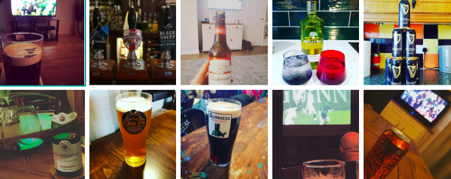
The Drinks Cluster
These clusters are also testament to Guinness’s successful sponsorship campaign. When they began in 2018 one of their key aims was to unite its messaging and appeal to both older core Rugby fans but also bring in the younger fans in an attempt to brand them as part of the Six Nations experience. Judging by how predominant these Guinness posts are and how many young people seem to be in the images- the brand has succeeded in what itset out to do.
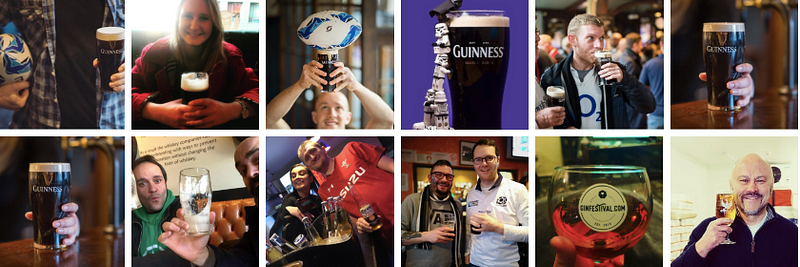
The Guinness Cluster
4. ‘The Game Itself’ 13.91%
The final category of meaning is devoted to clusters focused on the game itself. It features images of the games themselves (live and from home) and pictures of the Captains. Fans have traditionally been seen as passive- they’re supposed to watch and do little else. However, these images show them in a new light. Six Nations Fans are using social media as a tool to express themselves and get involved in the action. Once again, we are seeing a very active form of fandom.
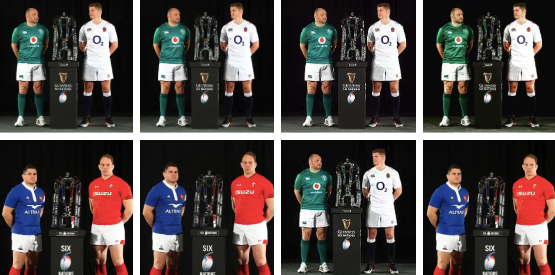
The Captain Cluster
These Fan posts about the game itself are interesting as they show that fans are becoming part of the visual event narrative by sharing and producing media in huge volumes. The value of this to brands and the sponsorship opportunities that come with it should not be underestimated.
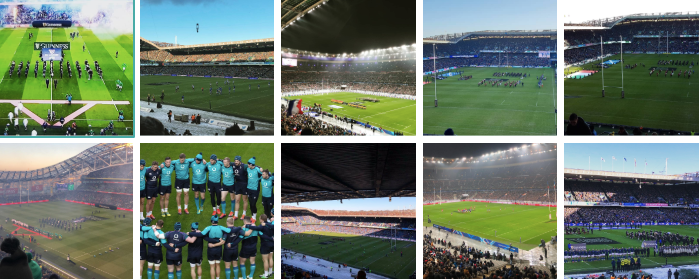
Live Game Cluster
It is clear from the way that the world is visually interpreting the Six Nations that the game itself has become secondary to the other motives that drive fans to the Sport. These motives of entertainment, connection, escape and bonding have become synonymous with the event- drawing in fans from all over the world, from all ages and all genders as well. The Six Nations fans are an active and vital part of the event and their images tell an unfolding story about what Rugby is beginning to mean to a modern audience.
